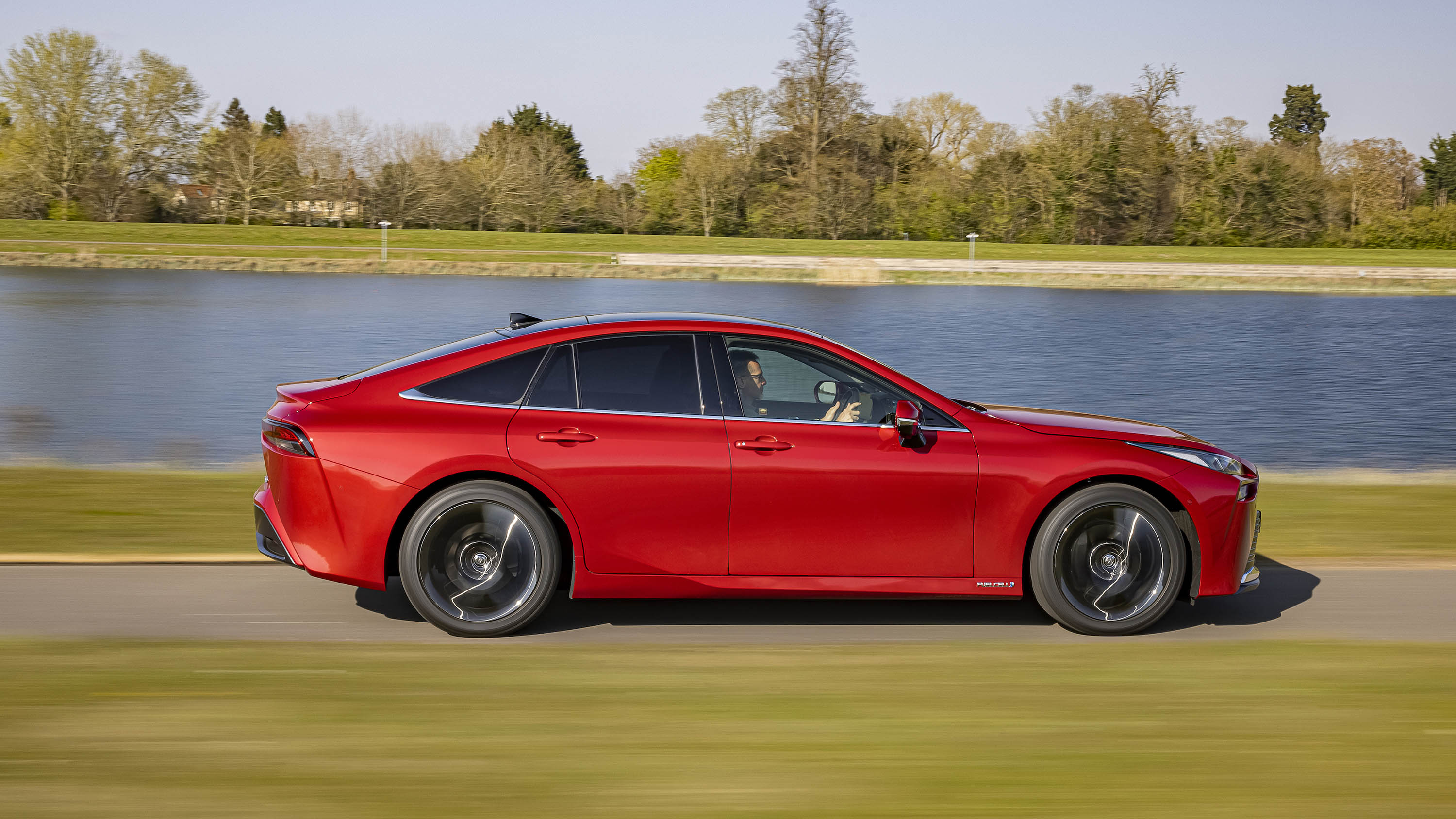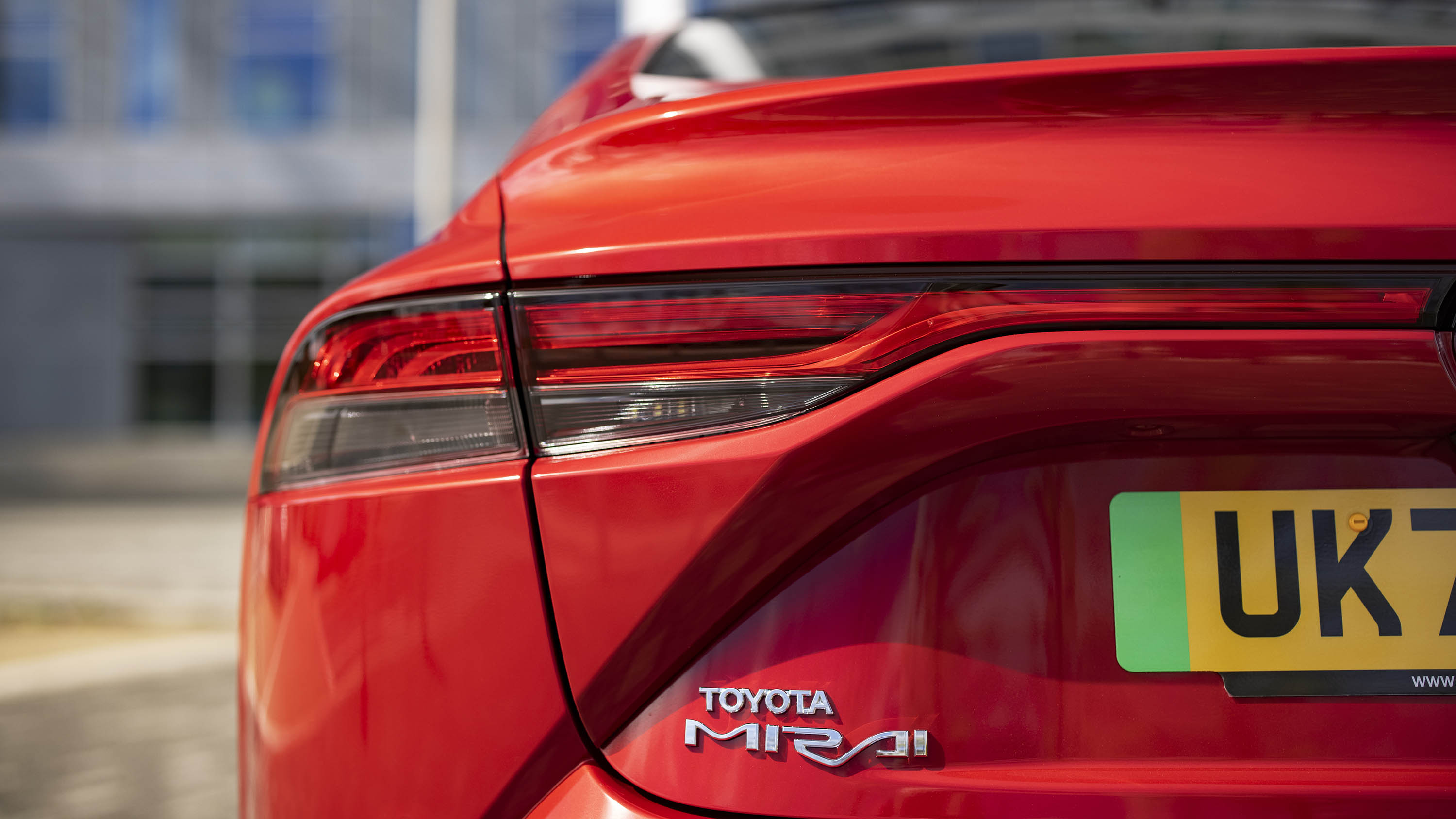
Buying
What should I be paying?
Odd to call this section 'owning' when most of its drivers won't. Initially at least, it will be leased only, starting at £435 on business contract hire (whereas the old one was £750). If you want full prices, it starts at £49,995, with top spec versions costing £64,995 with all the fancy self-parking and swish 20in wheels (which don’t appear to bugger up the ride).
This isn't just about strolling into your local Toyota dealership, though. To stop them - and you - looking foolish by putting you into a car you can't fuel, all transactions are via Toyota's UK HQ. They'll be concentrating on high-profile green fleets near to hydrogen supply and won’t let you have a car if you live far from a filling station.
And even so, the Mirai needs to be regularly pounding long daily distances to make sense. Otherwise, an EV plugged in overnight does the job. Maybe the ideal customer is a 24-hour cab company, taking advantage of the quick refuel times to keep the car running round the clock.
They don't need to stay that close to the pump. Range is a claimed 406 miles, but that's not a WLTP figure so treat it with a degree of caution. Even so it looks better than EVs. A Hyundai Nexo has slightly more tank volume, however.
It's not a money-saving car in the UK. Hydrogen is sold by mass, and it's at least £10/kg in the UK. The Mirai's tanks hold 5.6kg, giving fuel costs per mile close to petrol equivalents. That's far more per mile than a pure battery car.
In some other countries, hydrogen stations are closer together than here. And they serve locally produced hydrogen from renewable energy at a fraction of the UK price. Then the Mirai would make a case for itself.
Fuel cell vehicles used to be unworkable in very cold weather, but this one will do a start-up in -30 degrees C, which is enough unless you're planning a trip to the Arctic.
Featured

Trending this week
- Car Review
BMW 1 Series
- Top Gear's Top 9
Nine dreadful bits of 'homeware' made by carmakers






